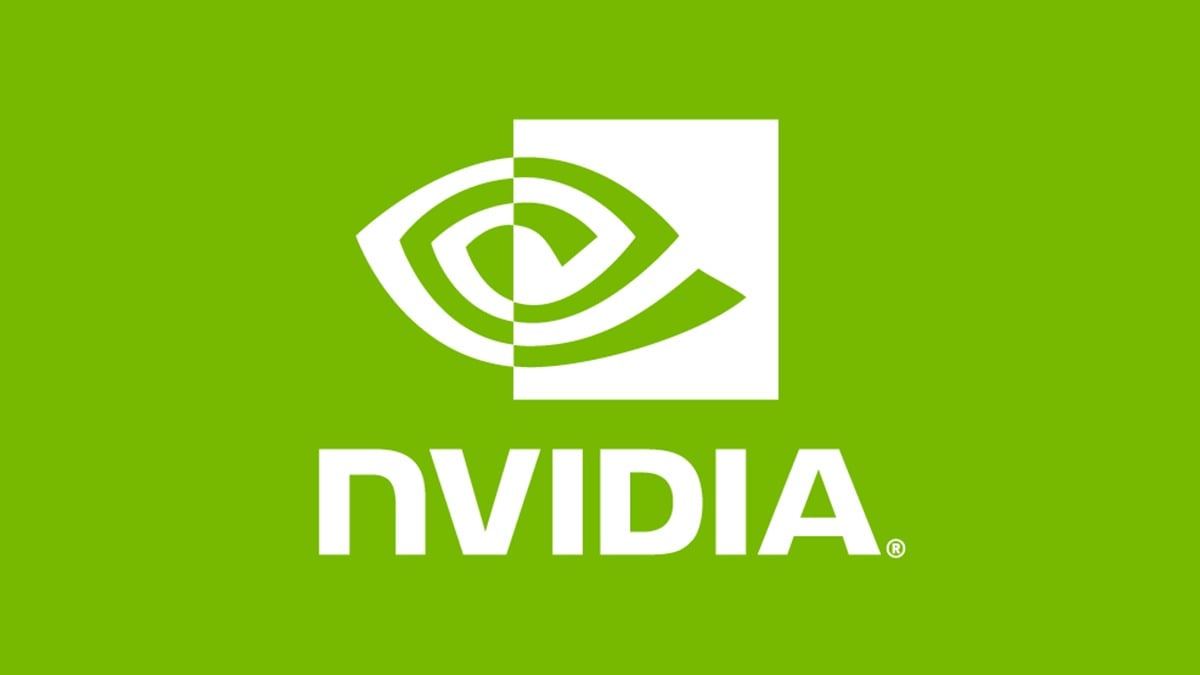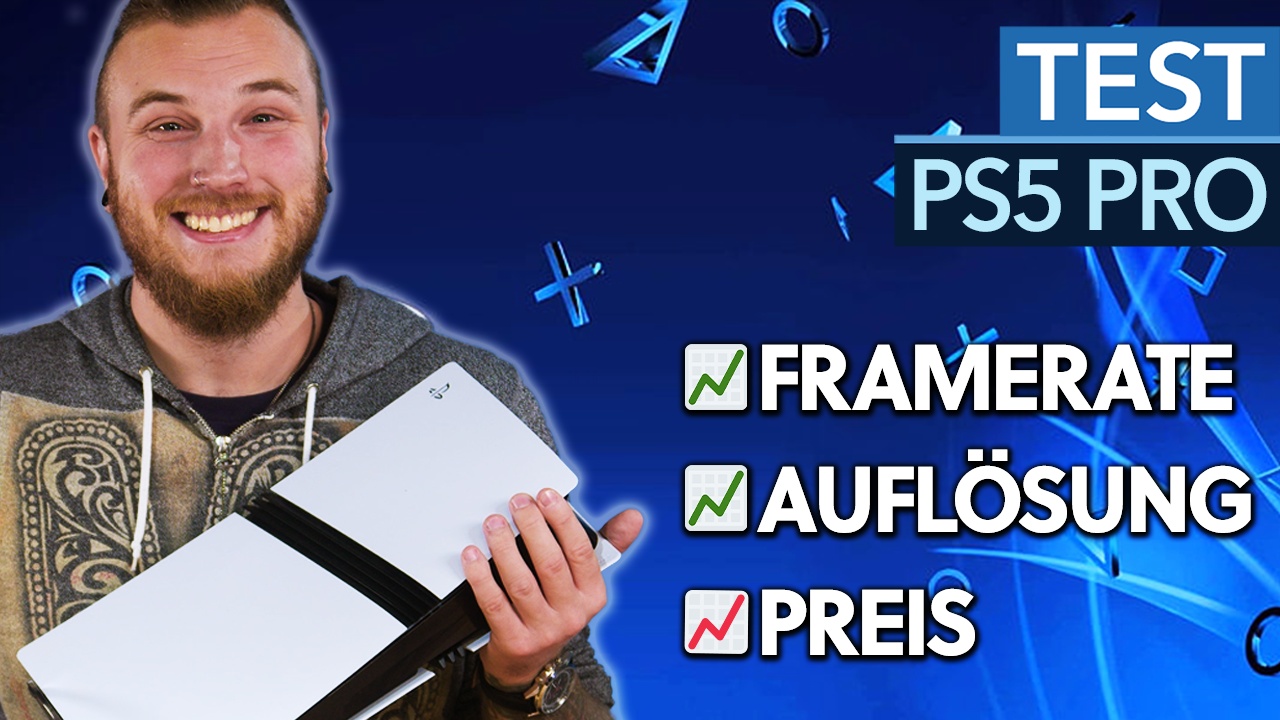While Secret of Mana knows pretty much every gambler of the 90s, the successor Trials of Mana is much less popular. It would be different if Square had also released the action role-playing game in the West at the time. But the third adventure in the mana cosmos after Mystic Quest and Secret of Mana never made it to the US or Europe.
In 1995 the heyday of the Super Nintendo came to an end. Probably for this reason Square saved the localization and left it with a Japan release. I remember that I was pretty disappointed with this decision at the time. Secret of Mana was played up and down, and after reading the first reviews in the trade magazines, I was sure that the similar Trials of Mana would be my thing as well.
However, an import was not an issue due to the language barrier alone. I also preferred to save my pocket money on the purchase of the first PlayStation. It was only years later that I had a short contact with Trials of Mana or Seiken Densetsu 3, to whom dedicated fans had meanwhile donated an English translation. But there was nothing more than an allusion – I don't remember why that was so. I should only experience the whole adventure with the remake.
<a href = "https://img.gameswelt.de/public/images/202004/fa87b30fd3cd067c2f8fae35922e9d64.jpg" data-title = "Trials of Mana Image 1
Date: April 23, 2020 "data-lightbox =" fa87b30fd3cd067c2f8fae35922e9d64.jpg ">
2-D becomes 3-D
The most obvious change concerns the graphics. For Trials of Mana, Square-Enix uses a different style than the Secret of Mana edition of 2018. The design of the characters and the colors evoke memories of the role-playing games of the Dragon Quest series. Characters, opponents and the game world are kept in rather simple forms, which also applies to many textures. A detailed overhaul like the Final Fantasy VII remake is not offered, but rather a routine refresher.
It doesn't matter, on the contrary. The presentation is beautiful and fitting because it preserves the spirit of the original. The recognition value of characters, opponents and worlds is very large. If you played Secret of Mana, you will feel right at home due to the mana sword, dancing traders and other recurring elements. Trials of Mana is not a direct successor, however, but a story of its own without any reference to the events of the predecessor.
The soundtrack has also been rearranged and comes very close to the original compositions. Just like the Secret Remake, you can switch to the sound of the 16-bit era at any time. The English synchronization of the dialogues is unfortunately not convincing: the emphasis is often exaggerated and also appears out of place because the characters have almost no facial expressions. This drifts a lot of ridiculous things that should actually produce drama. It is better to switch the speech output to Japanese – or to do without it altogether and, as in the past, only read text boxes.
With Charlotte and Kevin, two further heroes of the upcoming role-playing game Trials of Mana are presented.
Everything stays simple
The change from 2-D to 3-D graphics naturally also affects the combat system. Now hat rat, thorn wasp or jackal from a third-person view, including a freely rotating camera, are taken into the mangle. As soon as your party of three encounters a group of enemies, you start with combos, charged attacks and spells. Your AI colleagues fight independently and adhere to a rudimentary strategy, which you define in the menu.
For example, one figure can be used as a healer and another can be fully focused on the offensive. The comrades do a very good job in combat, but they use the magic attacks somewhat arbitrarily. If earth, water, fire magic and more are to be used in a targeted manner, you can command the computer-controlled companions via a ring menu. Alternatively, you can switch between the figures at any time and control them directly.
Despite the new paint, Trials of Mana feels very classic. The action is quick, playable and entertaining. In addition to numerous simple enemies, you can also expect some fat bosses who come up with special attacks. After leveling up you unlock new skills and spells for your party in a clear menu with which you equip the characters. Better weapons and armor items as well as helpful items are regularly bought in the shops of towns and villages. You also save your progress in the traditional way on statues and in hostels.
<a href = "https://img.gameswelt.de/public/images/202004/af166416a24414b0db83cbbb8f3a38ed.jpg" data-title = "Trials of Mana Image 1
Date: April 23, 2020 "data-lightbox =" af166416a24414b0db83cbbb8f3a38ed.jpg ">
In the further course of the game you also make so-called class changes. In this way, each fighter learns new attacks and skills that go in a more offensive or defensive direction depending on the choice of class. This is how some tactics and strategy come into play without it becoming complex or small.
Story and nothing else
Hardly any changes were made to the story either. Overall, you are experiencing the same story as 25 years ago. Once again, the mana world must be protected from evil forces who want to plunge everything into disaster. Just like the original SNES, you choose your three-person party from six characters at the beginning. Each character has their own motivation to go on an adventure. Depending on who your main character is and who you choose as a companion, the story is a little different. In addition, each figure has its own fighting style, including special actions and other unlockable classes.
Otherwise, everything follows a strictly linear path. Your next goal is always set and there are no side tasks. In the relatively small combat areas, only isolated objects and treasure chests with items are hidden. Only the search for the cactus face can keep you occupied longer. 50 pieces are spread over the whole game, and for every five copies you get a bonus, for example a discount on prices at retailers.
<a href = "https://img.gameswelt.de/public/images/202004/46374818237ceba0a5f4ecaf44e7603e.jpg" data-title = "Trials of Mana Image 1
Date: Apr 23, 2020 "data-lightbox =" 46374818237ceba0a5f4ecaf44e7603e.jpg ">
The only really bad news comes at the end: You have to do without the local co-op mode for two players in the remake. According to Square Enix, this would not have been compatible with the new third-person perspective. For the same reason, they saved themselves a corresponding online mode. Thus, the remake can only be played alone.







.png?width=1200&height=630&fit=crop&enable=upscale&auto=webp)


